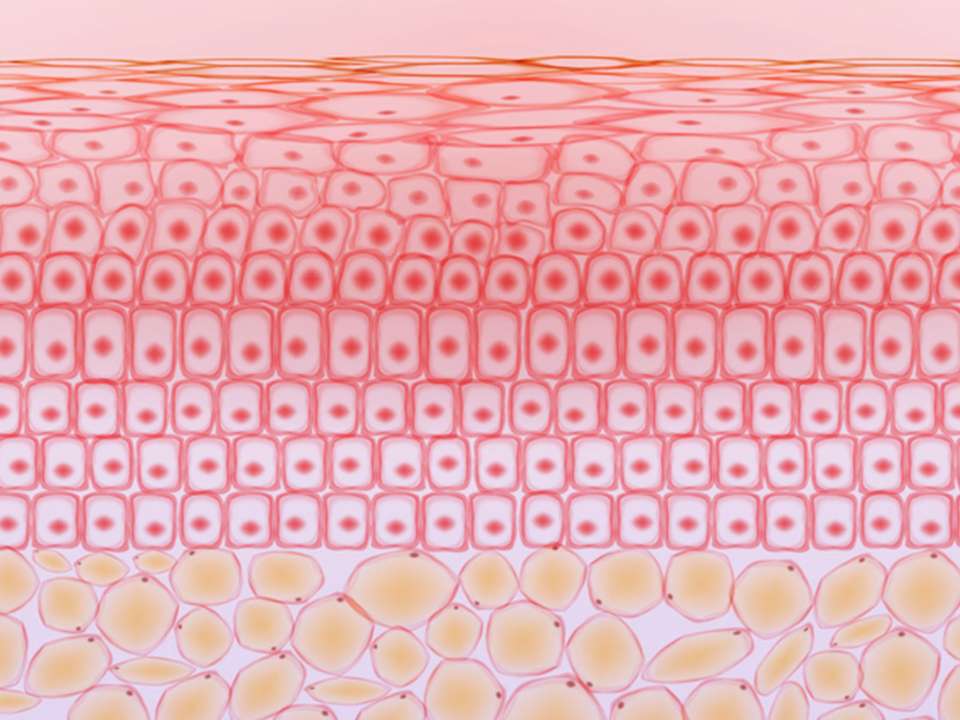
The Pacific Northwest is home to an array of blood suckers. (No, we’re not talking about the "Twilight" series’ vampires that sparkle in the sun.)
Washington’s mosquito season runs from roughly mid-April to early October, and there are more than 40 different species in the state.
This doesn’t mean you have to hide inside during some of the best weather of the year. From the most effective bug repellent to treating itchy bumps, here’s how to take the bite out of summer.
Why do bugs bite me so much?
Picture this: You come home from a picnic covered in itchy, red bumps. Meanwhile, your roommate returns bug-bite free. What gives?
“It’s been shown in studies. They can put two people side-by-side and person A will get many more bites than person B,” says Dr. Christopher Sanford, an associate professor of family medicine and global health at UW School of Medicine. “Basically, some people taste better to insects than others.”
Researchers have found a variety of reasons mosquitoes are drawn to some people more than others, including blood type, skin bacteria and odor, and other underlying genetics factors. Perhaps most influential is how much carbon dioxide you release, as mosquitoes can detect CO2 (meaning the higher your metabolic rate, the more likely you are to be bitten).
There is also variance in how people’s bodies respond once they’ve been bitten.
“People are all over the map in their response to mosquito bites,” says Sanford. “There’s a wide range among people in their sensitivity and their susceptibility to the itchy effects of bug bites.”
This means depending on your sensitivity, you may get bit and only have a miniscule bump. Or you could have the mother-of-all welts that’s itchier than a tight wool sweater. (Team welt? Yeah, us too.)
How can I prevent bug bites?
One of the best ways to prevent bugs from biting you is by using a repellent.
“There are several different types. One of the best is DEET — it’s my favorite,” Sanford says. “The pro is it works really well: Mosquitoes and most other insects hate it. The con is, it’s got a bit of a petrochemical smell.”
If you prefer an option with markedly less odor, Sanford recommends repellents that have picaridin as their active ingredient. Most sprays will note the active ingredient on the bottle, but you can check the Environmental Protection Agency’s list of commercial bug repellents that use DEET or picaridin (along with other approved active ingredients).
Regardless of what you choose, first apply sunscreen and then spray the repellent on any exposed skin.
While it may sound obvious, don’t spray yourself in the face. Instead, spray the repellent into your hands and carefully apply it to your cheeks and forehead. You’ll also want to avoid spraying any cuts or irritated skin.
In addition to sprays, you can prevent bugs by applying permethrin, an insecticide that has been approved for use on clothes. You can add the chemical to items you already own or build out your closet with clothing that contains the chemical already (and you can purchase tents and other camping gear infused with it as well).
“The combination of something on your skin and permethrin in the clothing is a much stronger barrier against bug bites,” Sanford says.
As a final safety measure, it never hurts to cover up. If heat and humidity allow it, long sleeves and pants will provide a protective barrier that helps prevent bites.
How can I treat bug bites?
You wore bug spray, repellent clothes and long sleeves — and you still ended up with bites.
Fear (and itch) not, you have some options for relief.
For more mild bites, applying a cold compress for 10 minutes to help soothe any irritation should do the trick. The Centers for Disease Control and Prevention also recommends applying a mixture of baking soda and water (1 tablespoon of baking soda combined with a couple drops of water) to the bite.
In more severe cases, applying a topical hydrocortisone cream and taking an antihistamine will help relieve the itchiness.
Barbara Clements and Emily Boynton contributed to this article. A version of this story originally appeared on the UW Medicine Newsroom.

 Healthy ideas for your inbox
Healthy ideas for your inbox





